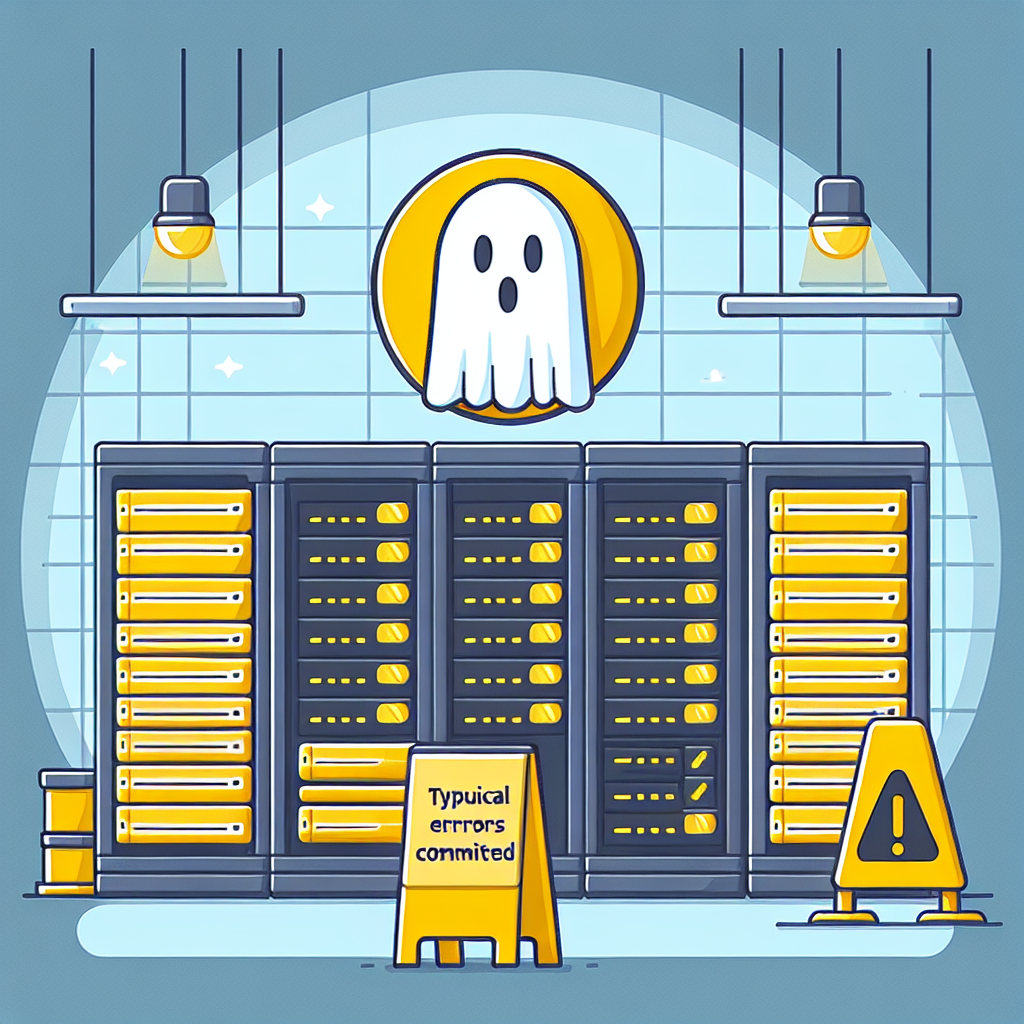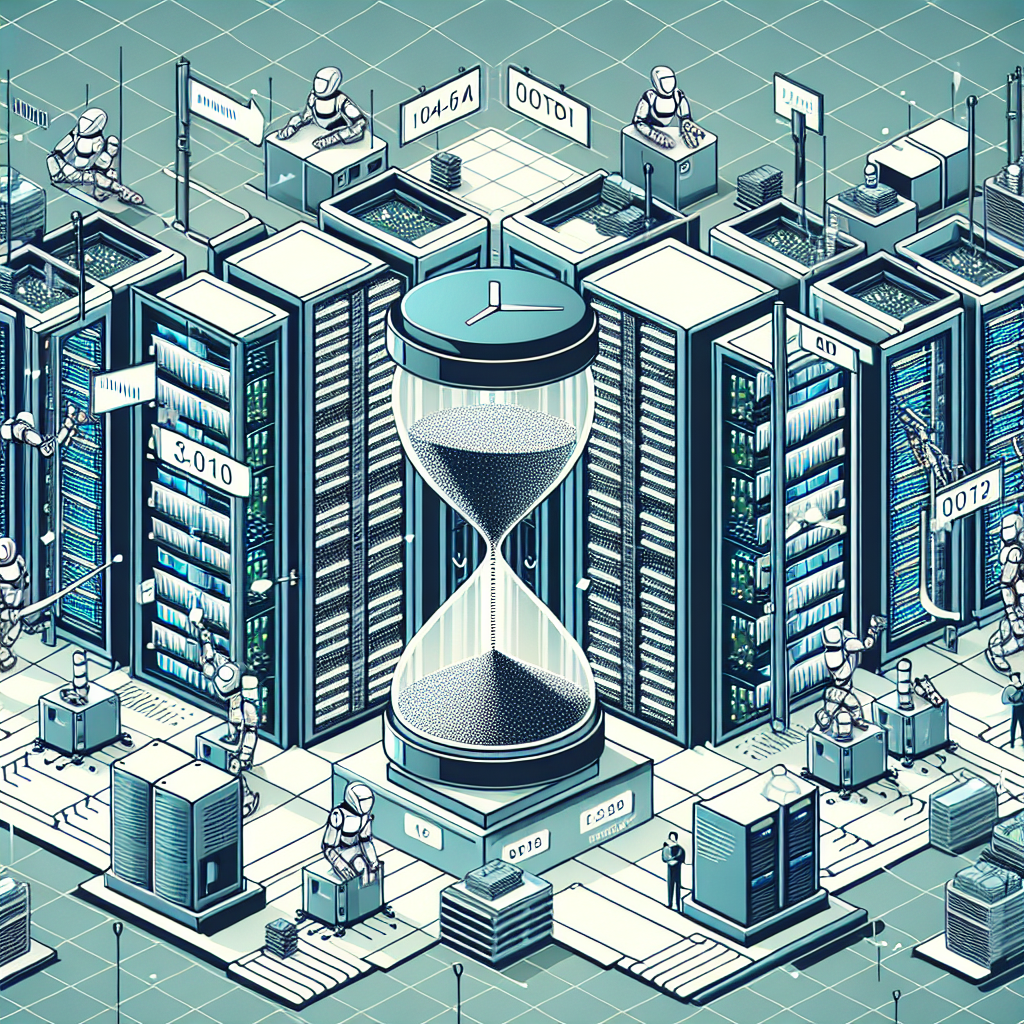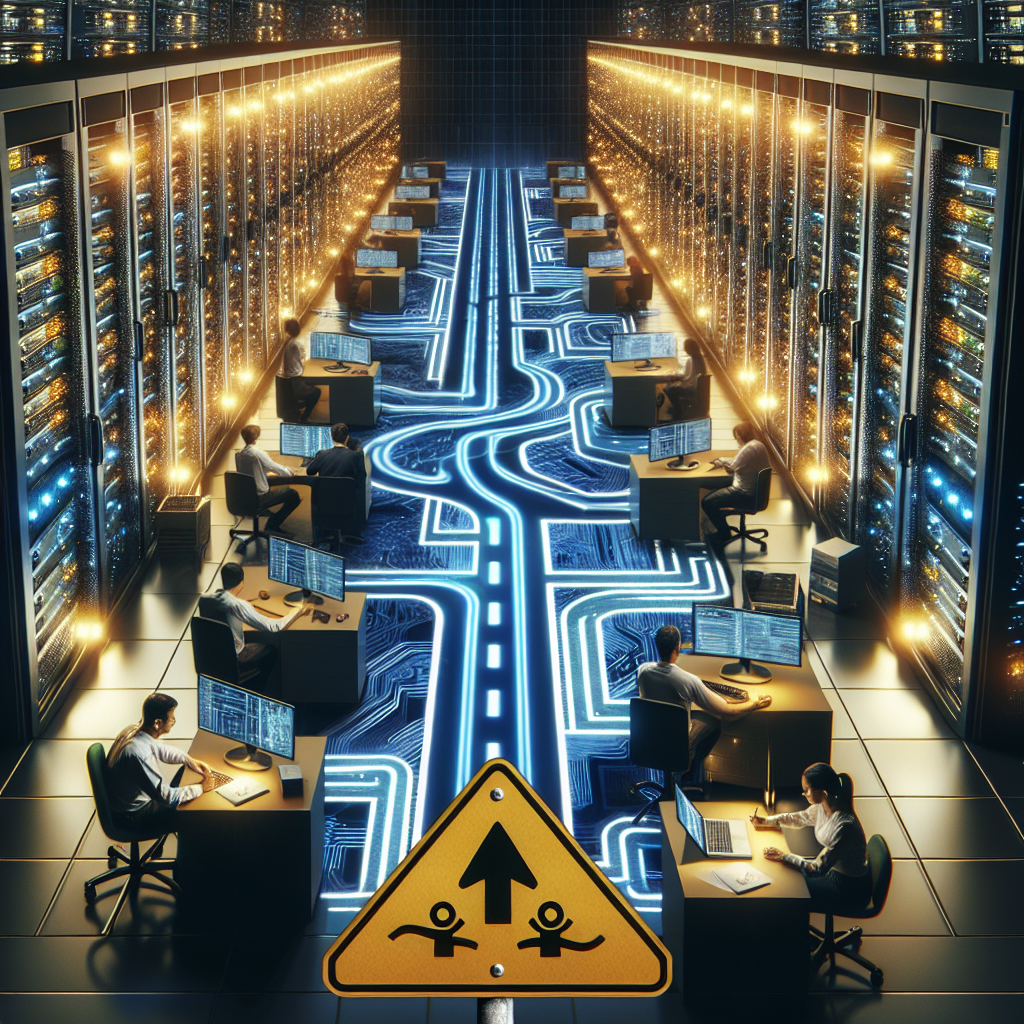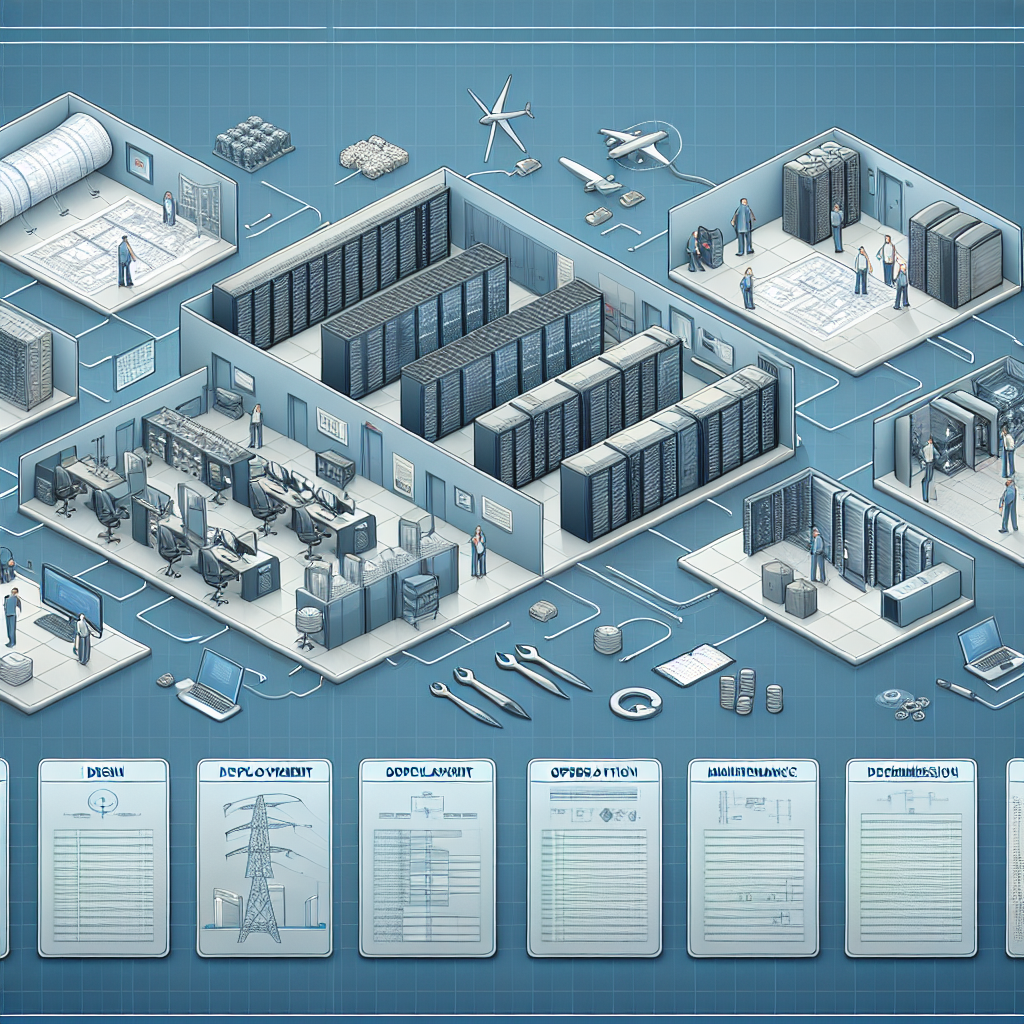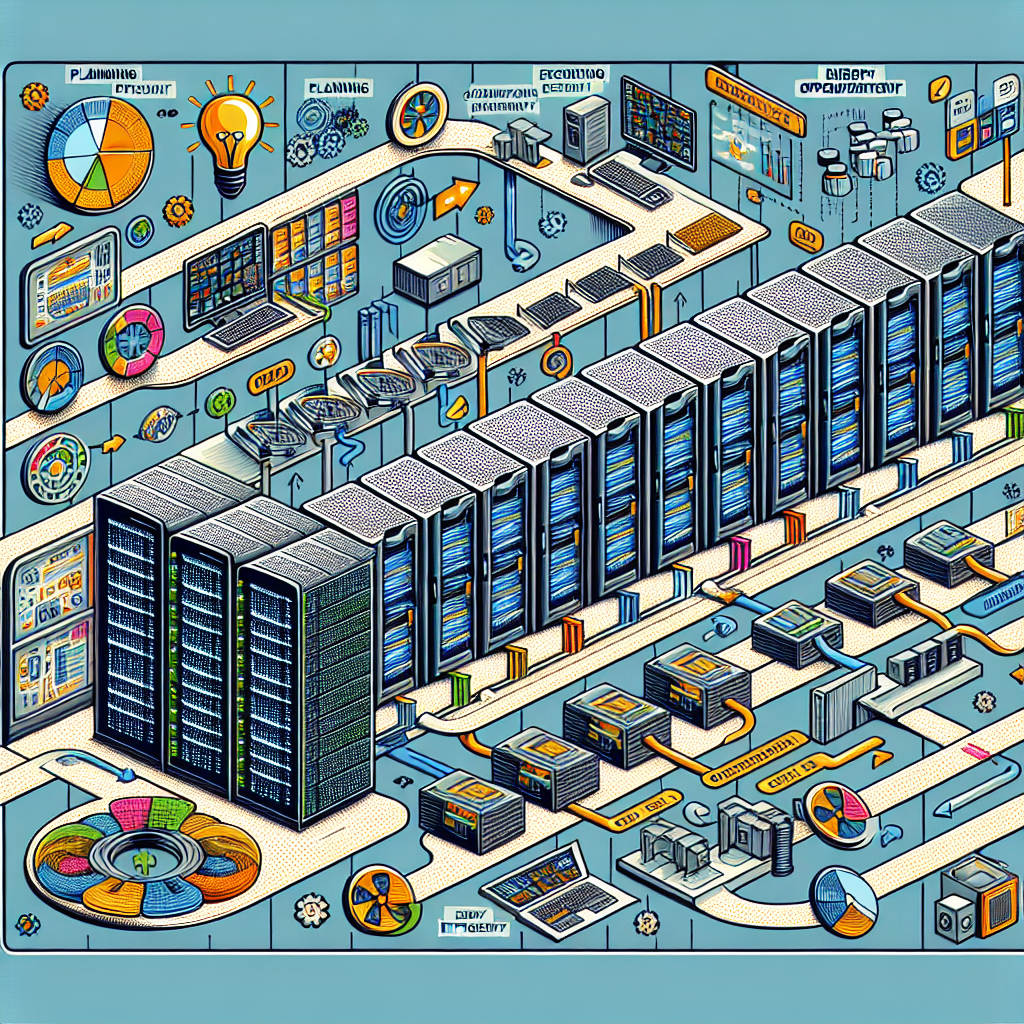Data centers are the backbone of modern businesses, housing critical IT infrastructure and storing valuable data. Maintaining a data center is crucial to ensure its smooth operation and prevent costly downtime. However, there are common mistakes that organizations make when it comes to data center maintenance that can compromise the efficiency and reliability of their operations. In this article, we will discuss some of these common mistakes and how to avoid them.
1. Neglecting Regular Maintenance Checks: One of the most common mistakes in data center maintenance is neglecting regular maintenance checks. IT equipment is prone to wear and tear over time, and without regular inspections and maintenance, issues can go unnoticed and lead to system failures. It is important to schedule regular maintenance checks for all equipment, including servers, cooling systems, and power distribution units, to identify and address any issues before they escalate.
2. Overlooking Temperature and Humidity Levels: Temperature and humidity levels play a critical role in the performance and longevity of IT equipment. Overheating can cause equipment to malfunction or even fail, while high humidity levels can lead to corrosion and electrical issues. It is important to monitor and maintain optimal temperature and humidity levels in the data center to ensure the proper functioning of equipment. Investing in temperature and humidity monitoring systems can help prevent costly downtime caused by environmental issues.
3. Ignoring Cable Management: Proper cable management is essential for maintaining a clean and organized data center. Poor cable management can lead to airflow obstructions, overheating, and difficulty in troubleshooting and maintenance. It is important to label and organize cables properly, use cable management tools such as cable trays and racks, and regularly audit and clean up cables to ensure a tidy and efficient data center environment.
4. Failing to Backup Data: Data loss can be catastrophic for businesses, leading to financial losses and damage to reputation. Failing to regularly backup data is a common mistake that can have serious consequences. It is important to implement a robust backup strategy that includes regular backups of critical data, testing of backup systems, and offsite storage of backups to protect against data loss due to equipment failure, human error, or cyber attacks.
5. Not Having a Disaster Recovery Plan: In the event of a data center outage or disaster, having a comprehensive disaster recovery plan is essential to minimize downtime and ensure business continuity. Many organizations make the mistake of not having a disaster recovery plan in place or failing to regularly test and update their plan. It is important to create a disaster recovery plan that includes procedures for data backup and recovery, communication protocols, and a timeline for restoring operations in the event of a disaster.
In conclusion, avoiding these common mistakes in data center maintenance can help organizations ensure the reliability, efficiency, and security of their IT infrastructure. By prioritizing regular maintenance checks, monitoring environmental conditions, implementing proper cable management, backing up data, and having a disaster recovery plan, organizations can minimize the risk of downtime and data loss, and ensure the smooth operation of their data center.
